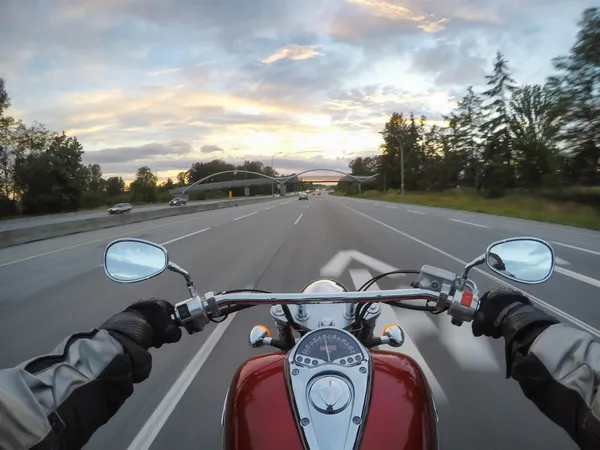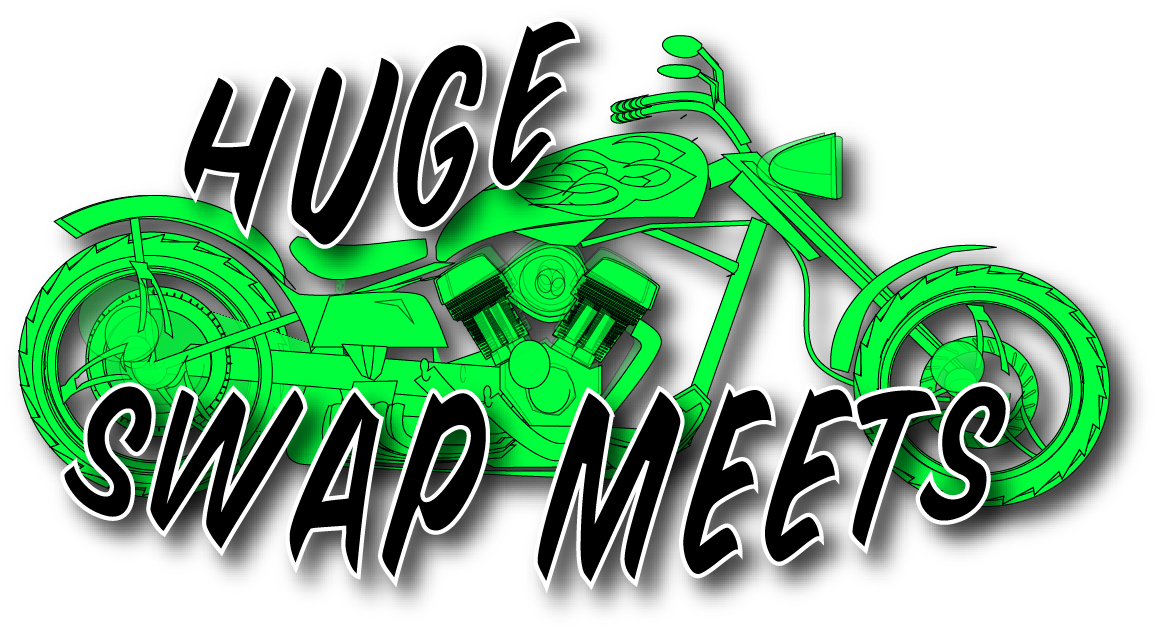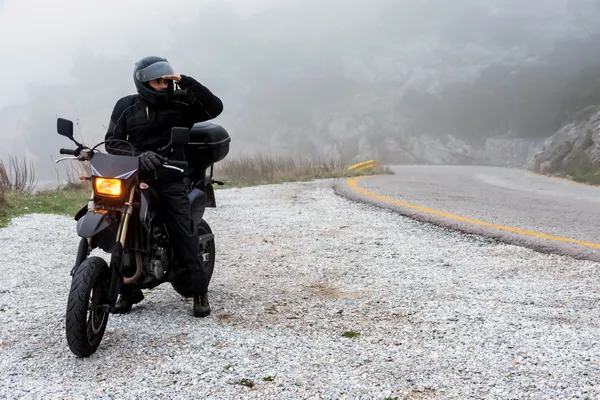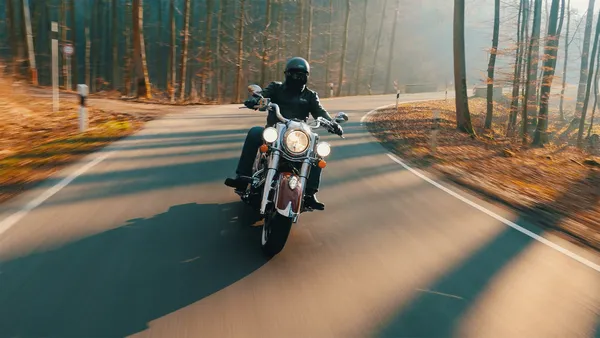
Riding a motorcycle is not just about the thrill of speed and the hum of the engine; it’s an experience deeply rooted in community and respect. While the freedom of riding solo may be alluring, the road is shared with others, and maintaining good rider etiquette is crucial. Beyond the official rules of the road, there are unspoken courtesies that experienced riders know well and newcomers should learn. Here, we’ll explore these unspoken rules that contribute to safer, more enjoyable rides and a stronger riding community.
1. The Biker Wave: A Simple Sign of Brotherhood
One of the most iconic forms of rider etiquette is the biker wave. This gesture, a subtle two-finger wave or nod, is a universal symbol of respect between riders. It acknowledges the shared understanding of the joys and challenges unique to motorcycling. While not mandatory, participating in this small tradition reinforces the sense of community and solidarity that makes motorcycling special.
Pro Tip: If you’re riding in hazardous conditions or busy traffic, safety comes first. It’s okay to skip the wave when it could distract you from focusing on the road.
2. Respecting the Staggered Formation
When riding in a group, the staggered formation is a tried-and-true practice. It helps maintain a safe distance between bikes while maximizing visibility for everyone in the group. The lead rider stays on the left side of the lane, the second rider positions themselves to the right side a few bike lengths back, and so on. This formation allows ample room for maneuvering and gives each rider their own space to react to sudden stops or road obstacles.
Single-File Alert: If riding on narrow roads, winding paths, or in low-visibility areas, switch to a single-file formation to increase safety.
3. Mind Your Lights and Signals
Clear communication is essential on the road, especially in a group ride. Hand signals and turn indicators are crucial for alerting fellow riders and other motorists of your intentions. Consistent use of your turn signals, brake lights, and hand gestures ensures everyone stays informed and safe.
Hand Signals to Know:
- Left Turn: Left arm extended straight out.
- Right Turn: Left arm bent upward at a 90-degree angle.
- Slow Down/Stop: Left arm extended with palm facing backward.
4. Look Out for Fellow Riders
Rider etiquette extends beyond friendly gestures and proper formations—it’s about having each other’s backs. If you see a fellow rider pulled over, a quick check-in (when safe) to make sure they’re okay is customary. Sometimes it’s a minor issue, like adjusting a helmet strap; other times, it could be a more serious mechanical problem or an emergency.
Remember: Don’t block traffic or put yourself in danger when stopping to assist. Always assess the situation first.
5. The “No Revving Zone” Rule
While the sound of a revving engine might be music to some riders’ ears, it’s best kept out of residential areas, quiet streets, or when in groups at a stop. Excessive revving, especially in neutral, is generally seen as rude and can disturb others. Save the showmanship for more appropriate times and places, such as motorcycle meets or on secluded roads.
6. Pacing: Respect the Ride Speed
When riding in a group, the lead rider sets the pace. It’s essential to match the speed of the group without lagging behind or surging ahead. Riders who fall behind can cause chain reactions that disrupt the formation, while those who race ahead can create unsafe gaps. Communication and understanding group riding signals ensure that everyone stays together.
7. Pass with Caution
Passing another rider requires careful attention. Avoid cutting into another rider’s space or surprising them with sudden acceleration. Instead, make sure there’s plenty of room and signal your intention clearly before overtaking. Passing too close can not only startle the other rider but can also be dangerous if unexpected road conditions arise.
8. Park Considerately
Parking is another aspect where etiquette matters. When pulling into a lot, angle your bike appropriately so that others can fit into the same space. Motorcycles often park side-by-side to maximize space, so leave enough room for fellow riders to maneuver without risking scratches or bumps.
9. The “Thank You” Wave
Sometimes, a car driver will give you the courtesy of moving over to let you pass or making space in traffic. A small wave of thanks goes a long way in fostering goodwill between riders and drivers. This gesture can encourage more motorists to be considerate to motorcyclists on the road.
10. Respect Different Riding Styles
Not every rider is the same, and everyone has their preferences. Some may love the adrenaline of speeding down highways, while others enjoy a leisurely cruise. Rider etiquette means accepting these differences without judgment. Be patient and supportive of all types of riders, regardless of their skill level or bike type.
Rider etiquette goes beyond rules and regulations; it’s about maintaining respect, safety, and a sense of unity among motorcyclists and others on the road. By practicing these unspoken rules, riders contribute to a safer, more enjoyable experience for all. Whether you’re an experienced rider or just starting out, embodying these principles strengthens the bond within the motorcycle community and keeps the spirit of the open road alive.



